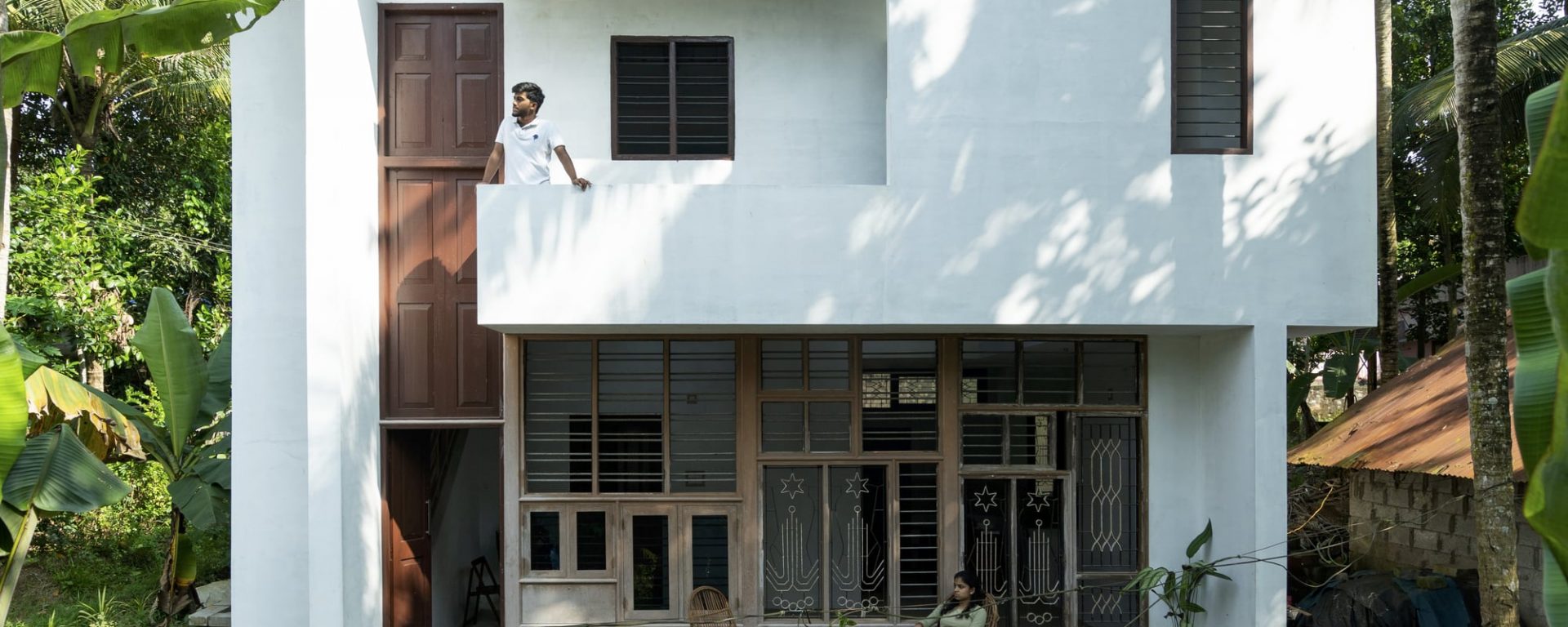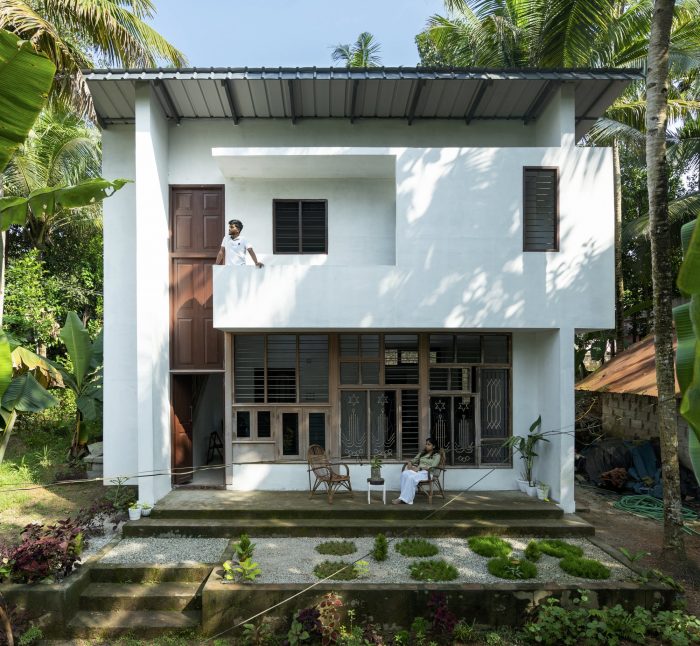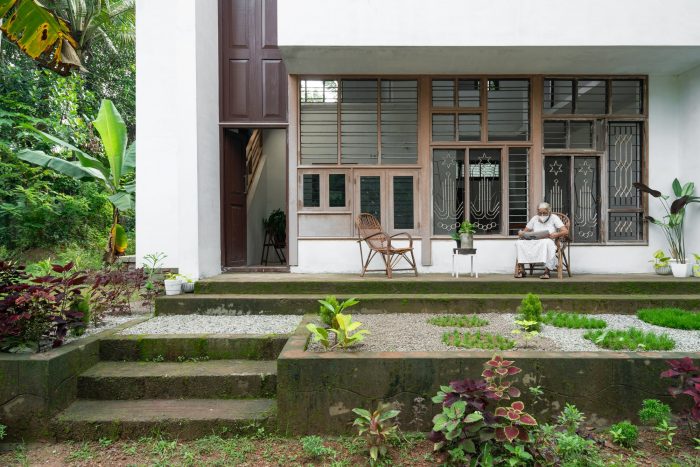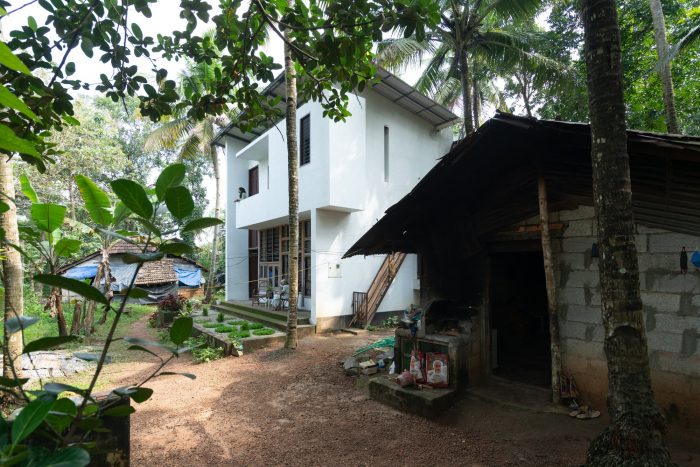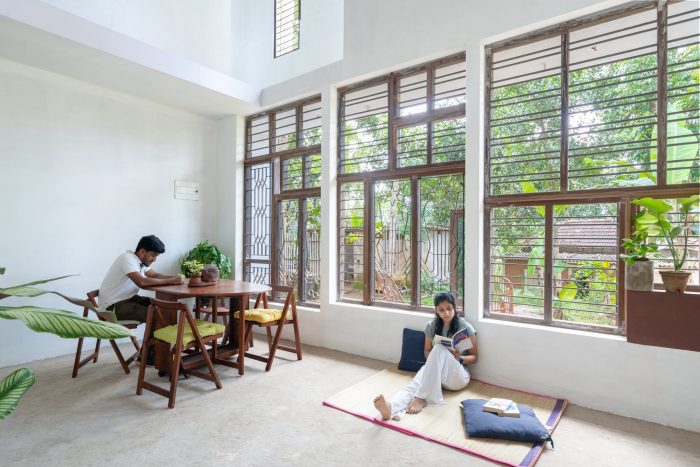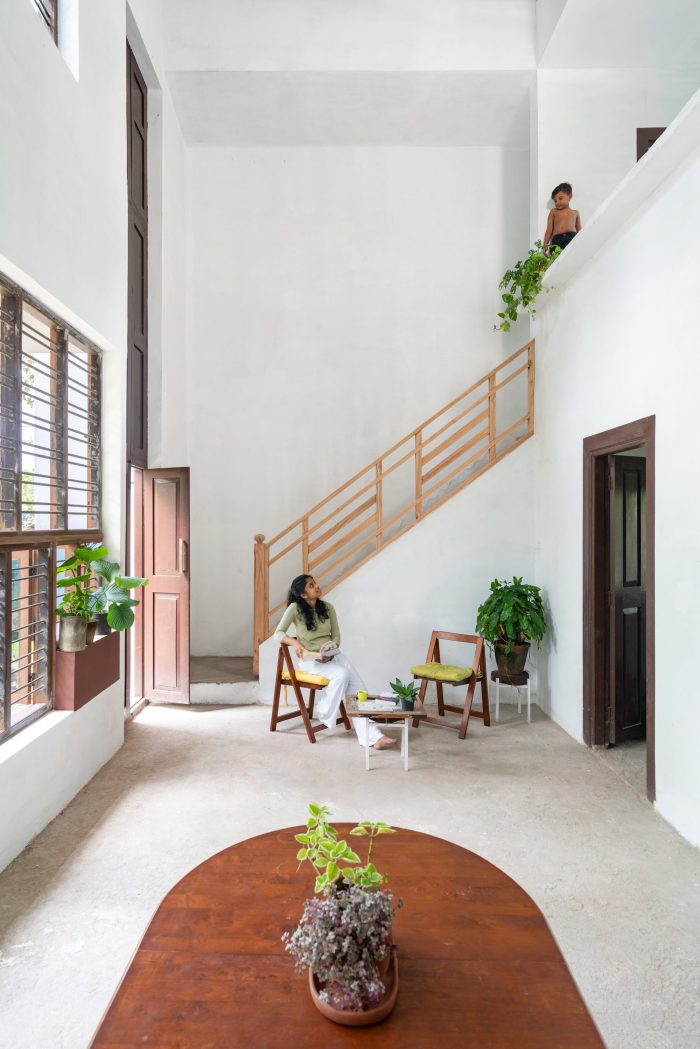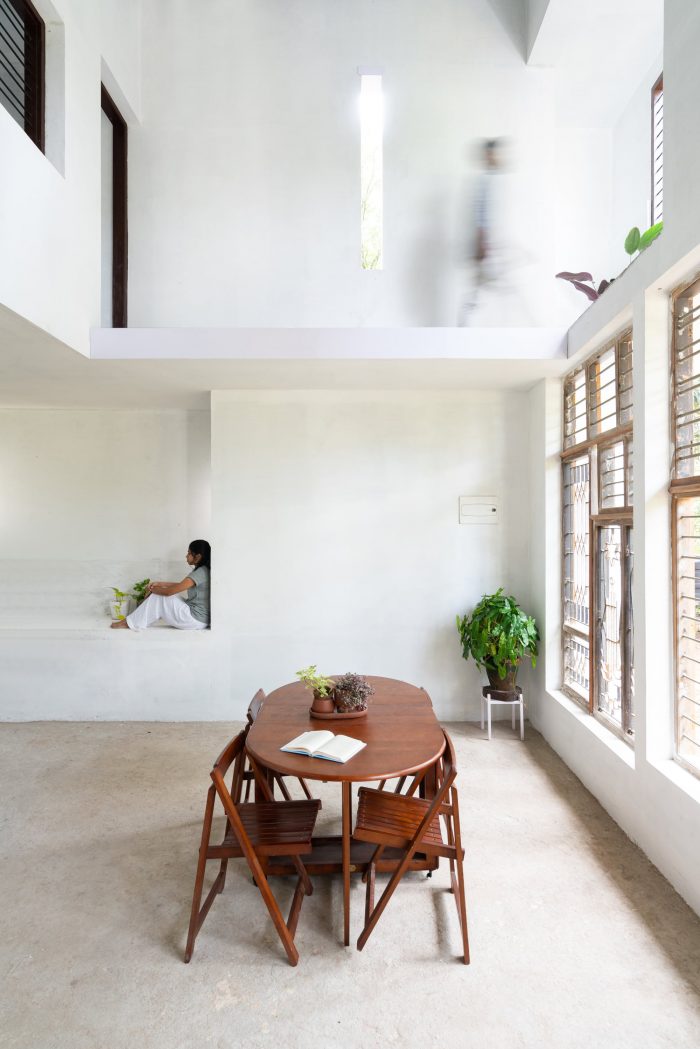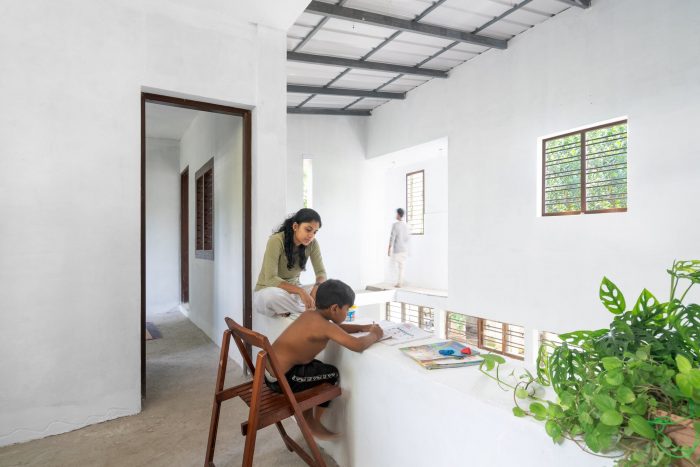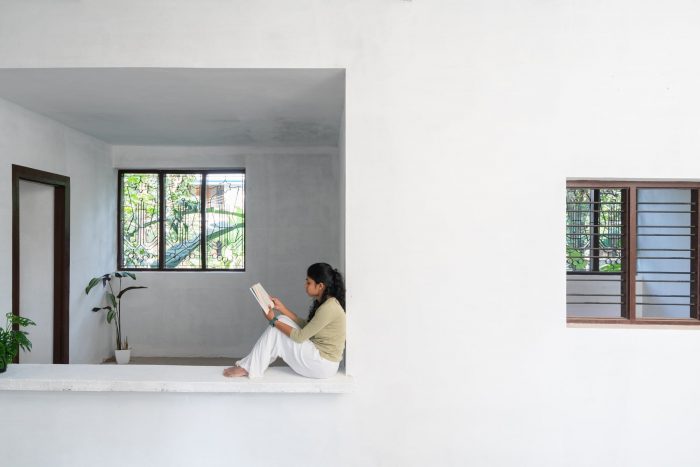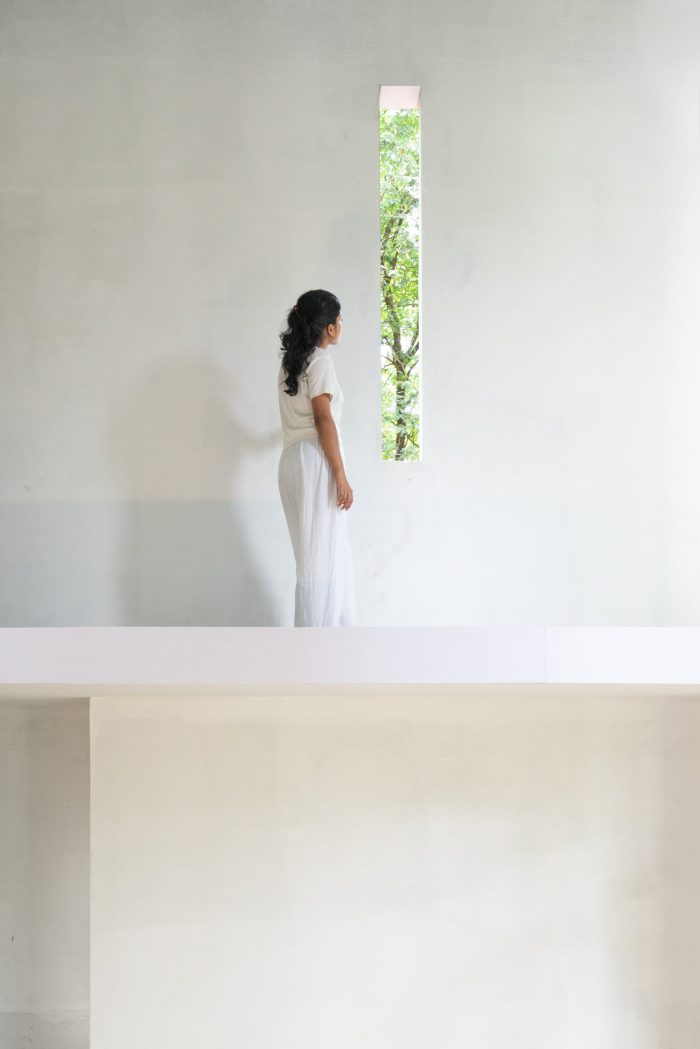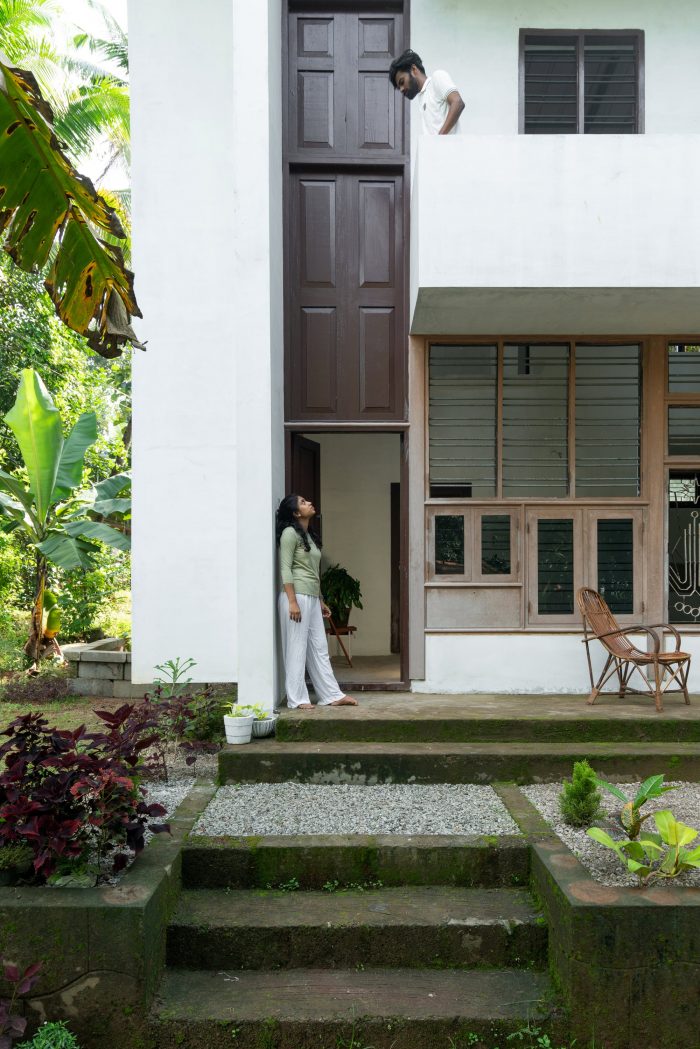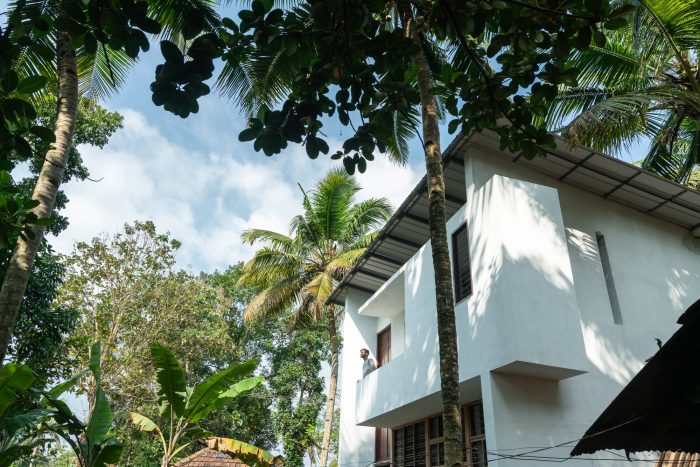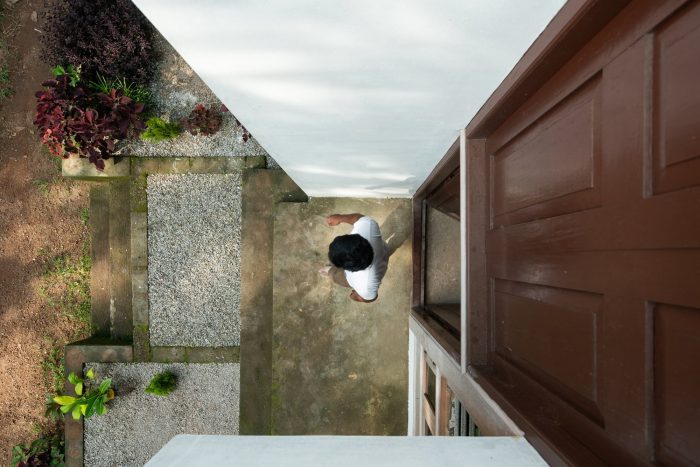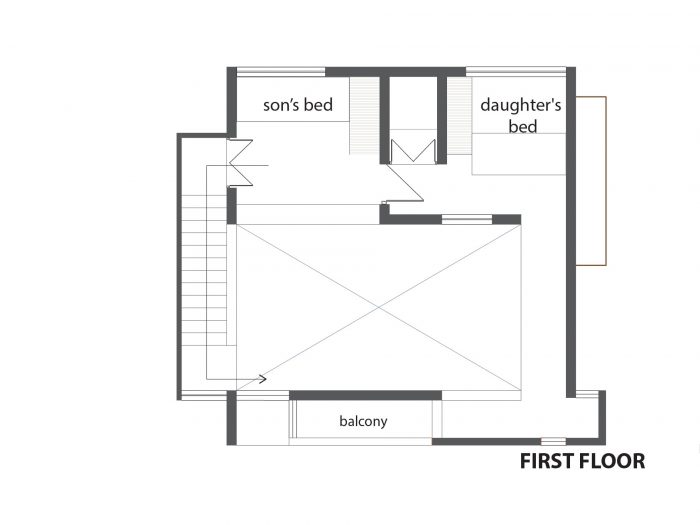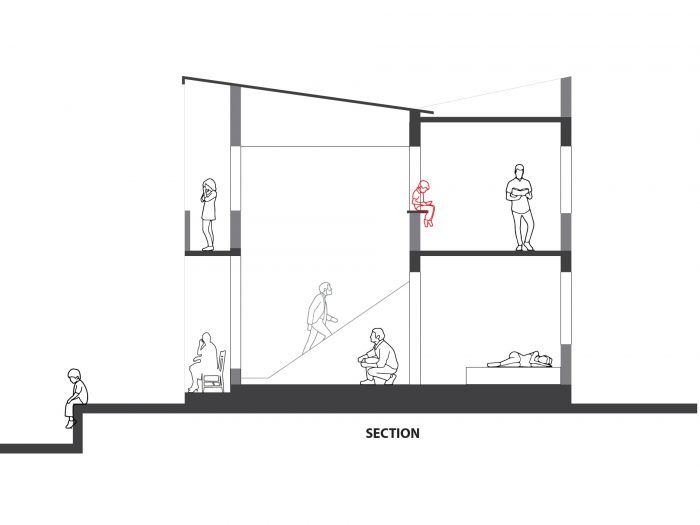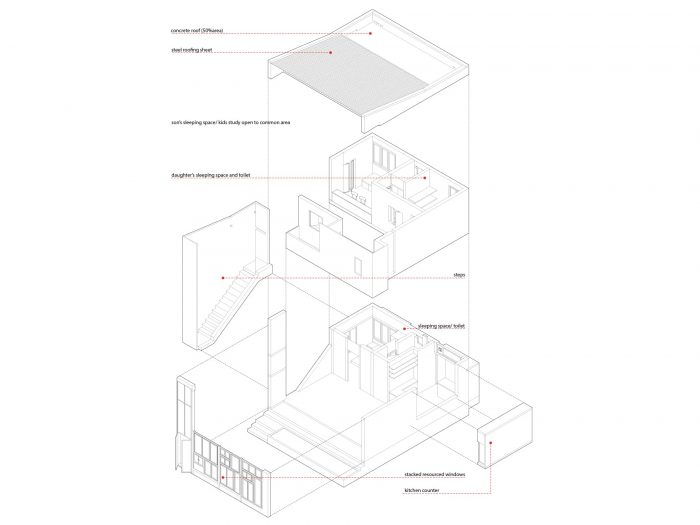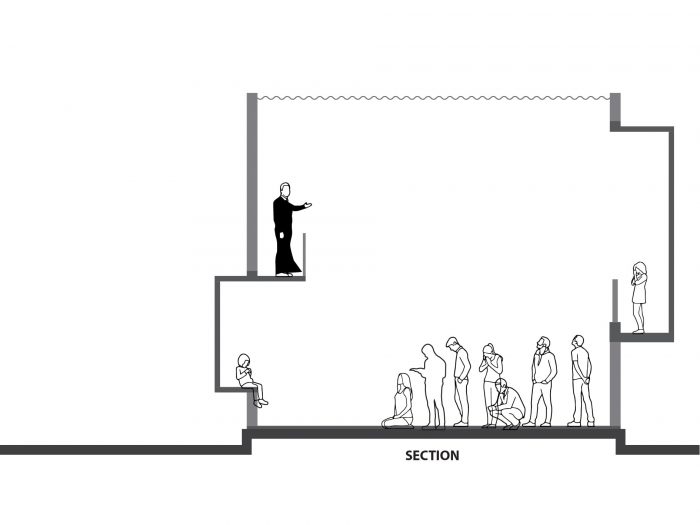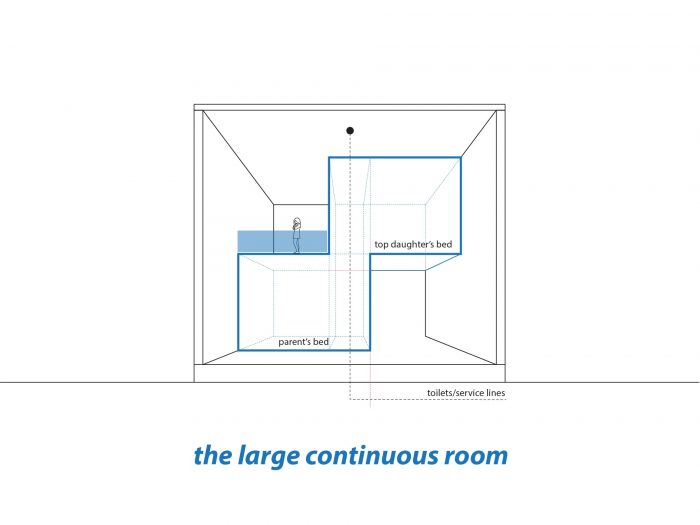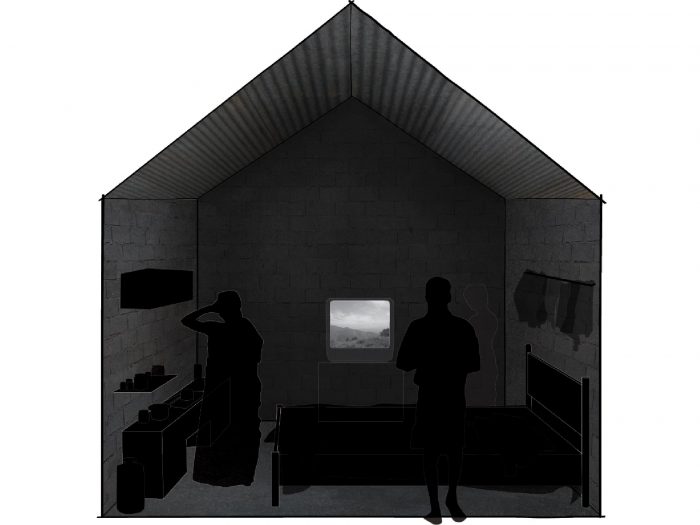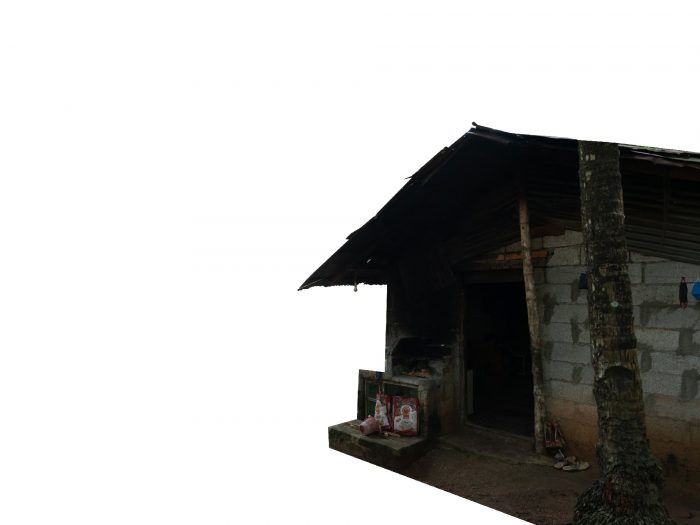客户是一名木匠,他的妻子是一名家政服务员,还有两个小孩。要求有3个床位,两个厕所,一个客厅,一个餐厅,一个厨房,以及一个宗教聚会的空间。至于材料方面,二级联锁泥块是重新采购的门窗/金属板和混凝土屋顶。而劳动是由身为木匠的业主承担的。
The clients are a carpenter, his wife who works as a house help, and two small kids. The requirements were to have 3 bedspace, two toilets, a living, dining, kitchen, and a space for religious gatherings. As for the materiality, second-grade interlocking mud blocks were re-sourced windows and doors/ metal sheet and concrete roofing. And the labor was undertaken by the owner who is a carpenter.
客户是一名木匠,他的妻子是一名家政服务员,还有两个小孩。要求是有3个床位,两个厕所,一个客厅,餐厅,厨房,和一个宗教聚会的空间。至于材料方面,二级联锁泥块是重新采购的门窗/金属板和混凝土屋顶。而劳动则由身为木匠的业主承担。
跨项目的分享 – Ego设计工作室在喀拉拉邦Trivandrum的kowdiar进行了一个高预算房屋的改造,由于经济上的问题,办公室联系了房屋被拆除的客户,通过捐赠被拆除的木窗来支持 “一个剩余的家”。该客户(Sugathan先生)非常慷慨,免费提供了这些窗户。该项目就是在这种支持下开始的,然后尝试了物质捐赠的模式。
The clients are a carpenter, his wife who works as a house help, and two small kids. The requirements were to have 3 bedspace, two toilets, a living, dining, kitchen, and a space for religious gatherings. As for the materiality, second-grade interlocking mud blocks were re-sourced windows and doors/ metal sheet and concrete roofing. And the labor was undertaken by the owner who is a carpenter.
Sharing Across Projects – Ego Design Studio was working on the renovation of a high budget house in kowdiar, Trivandrum, Kerala when the project commenced, owing to the problems in the economy the office approached the client whose house was being demolished to support “a home leftover” by donating the wooden windows that were removed. The client (Mr. Sugathan) was extremely generous and provided the windows free of cost. The project was started on this support and then mode material donations were tried.
财务管理、材料捐赠–房子是由准备支持低收入房屋的捐赠者用建筑工地的剩余材料和建材行业的废弃材料建造的。
最低限度的计划 – 计划是一个基本的正方形,几乎没有内墙,将材料的数量保持在最低限度。
墙体 – 首先是以最便宜的价格采购材料。墙体采用了从附近的建筑材料制造商(BUILD UP)那里购买的联锁泥块,他们免费为我们提供砖块。
Financial Management, Material Donations – The house was built from leftover materials from construction sites and discarded materials sourced from building material industries by donors who were ready to support a low-income house.
Minimal Plan – The plan was a basic square with almost no interior walls. keeping the material quantity to a bare minimum.
Walls – The first thing was to source the materials at the cheapest possible rates. The walls were done with interlocking mud blocks sourced from building material manufacturers (BUILD UP) nearby, who provided us with their bricks free of cost.
开口–门窗是从一个拆迁现场免费获得的。唯一剩下的就是混凝土所需的材料、屋顶用的钢材和劳动力。混凝土的面积被限制在地板面积的一半,其余部分由金属板覆盖。
劳动力–客户本人是一名木匠,他负责所需的木制品,其余的劳动力是由他的朋友在他们有空或没有工作的时候以基本价格购买的。
现在材料和劳动力都已经解决了,下一个问题是 “为什么所有的低收入家庭的房子都是无窗的小黑屋?”
Openings – The windows and doors were sourced from a demolition site free of cost. The only thing left was the materials needed for concrete, the steel for roofing, and the labor. The area of concrete was limited to half the floor area and the remaining was covered by metal sheets.
Labor – The client himself was a carpenter which took care of the woodworks needed, the remaining labor was procured by the support of his friends at base rates at times they were free or did not have work.
Now that the materials and labor were sorted out, the next question was “Why Should All Low-Income Houses Be Small Windowless Dark Cubes?”
设计决定、场地背景和现在的家:这个平坦的场地远离城镇,没有车辆通道,只有一条沿北侧的步行道路。东面有郁郁葱葱的植被和稻田。与周围所有面对4英尺步行道的其他房屋不同,”剩下的家 “的设计面向这片绿地(东部)而不是道路。这个地方也有他们的老房子,那是一个15英尺x15英尺的棚子,有混凝土块墙和一个薄板屋顶。一个黑暗的单间街区,没有任何窗户,可以容纳一个四口之家(父母/两个孩子)。里面唯一的光源是入口处的门和里面的一台电视。
Design decisions, The Site Context, And Present Home: The plain flat site was located away from the town and had no vehicular access, only a walkable road along its North side. The East face had lush green vegetation and paddy fields beyond it. Unlike all the other houses around, which faced the 4 feet walking track, “the home leftover” was designed facing this greenery (east) rather than the road. The site also had their old house which was a 15 ft x 15 ft shed with concrete block walls and a sheet roof. A dark single room block without any windows to accommodate a family of four (parents/ two children). The only source of light inside is the entry door and a TV inside.
设计–设计的尝试与他们已经居住的空间形成了鲜明的对比。阴暗的单间单层空间被改造成一个全白的双层体量,有充足的开口。面向东方的前墙被做成了全窗墙(从另一个装修现场收集的窗户拼贴而成),面向郁郁葱葱的外部。
The Design – The design was attempted in stark contrast to the space they already lived in. The dark one-room single-storied space was converted into an all-white double-height volume with ample openings. The front wall facing east was made into an all-window wall (a collage of windows collected from another renovation site), facing the lush green exterior.
质量。建筑物被设计成一个具有最小墙体的大型立方体,卧室和厕所位于底层,女儿们的房间位于上层,室内有阳台,可以俯瞰整个建筑,外部则面向绿色植物。
Massing: The building was designed as a single large cuboidal volume with minimum walls, with the bedroom and toilet as a solid block on the ground floor, and the daughters’ room as a solid block on the upper floor, with interior balconies overlooking the volume and exterior facing the greens The inner void volume, accommodates their need for religious gatherings and caters to their carpentry related activities in the monsoons.
一个不断发展的家。一个被遗弃的家是为一个属于低收入群体的家庭创造一个庇护所的尝试。该建筑被设想为一个可以在用户需要时进行修改的皮肤,并且可以在他们经济稳定时进行扩展。建筑框架已经给出,颜色和内部细节都是客户的决定,在时间和资源允许时执行。这样的参与有助于他们感受到对建筑的所有权。
A HOME THAT EVOLVES: A home leftover was an attempt to create a shelter for a family who belonged to Low Income Group. The building was conceived as a skin that can be modified as and when the user needs and can also be expanded as they get financially stable. The architectural framework was given, the color and interior details are all decisions of the client, executed as and when time and resources permit. The involvement thereby helps them to feel ownership of the building.
该项目是一个实验,即每个大预算项目如何在相同的成本下平行资助小预算项目。
这可以通过促进一个场地的废弃材料用于另一个项目来实现。
可以通过在为一个项目购买材料时多安排约10%的材料来实现。
因此,当一个大预算的房子建成后,另一个买不起房子的家庭也会得到一个房子,所以每个房子都会变成两个房子……
The project was an experiment on how every big-budget project could fund a small budget project parallelly, at the same cost.
It could be done by facilitating wasted materials of one site to be used in another project
It could be done by arranging for about 10% more materials while purchasing for one project
So when one big-budget home is done, another family which cannot afford a house also gets a home, So every house becomes two houses…
Architects: Ego Design Studio
Area : 1050 ft²
Year : 2021
Photographs :Jishnu Vijay
Manufacturers : Buildup Building Material Industries
Lead Architect : Niranjan C Warrier
Design Team : ViveK Daniel, Aromal RI, Naveena Hency
Structural Design : Krishna Gadha SJ
City : Chathannoor
Country : India

